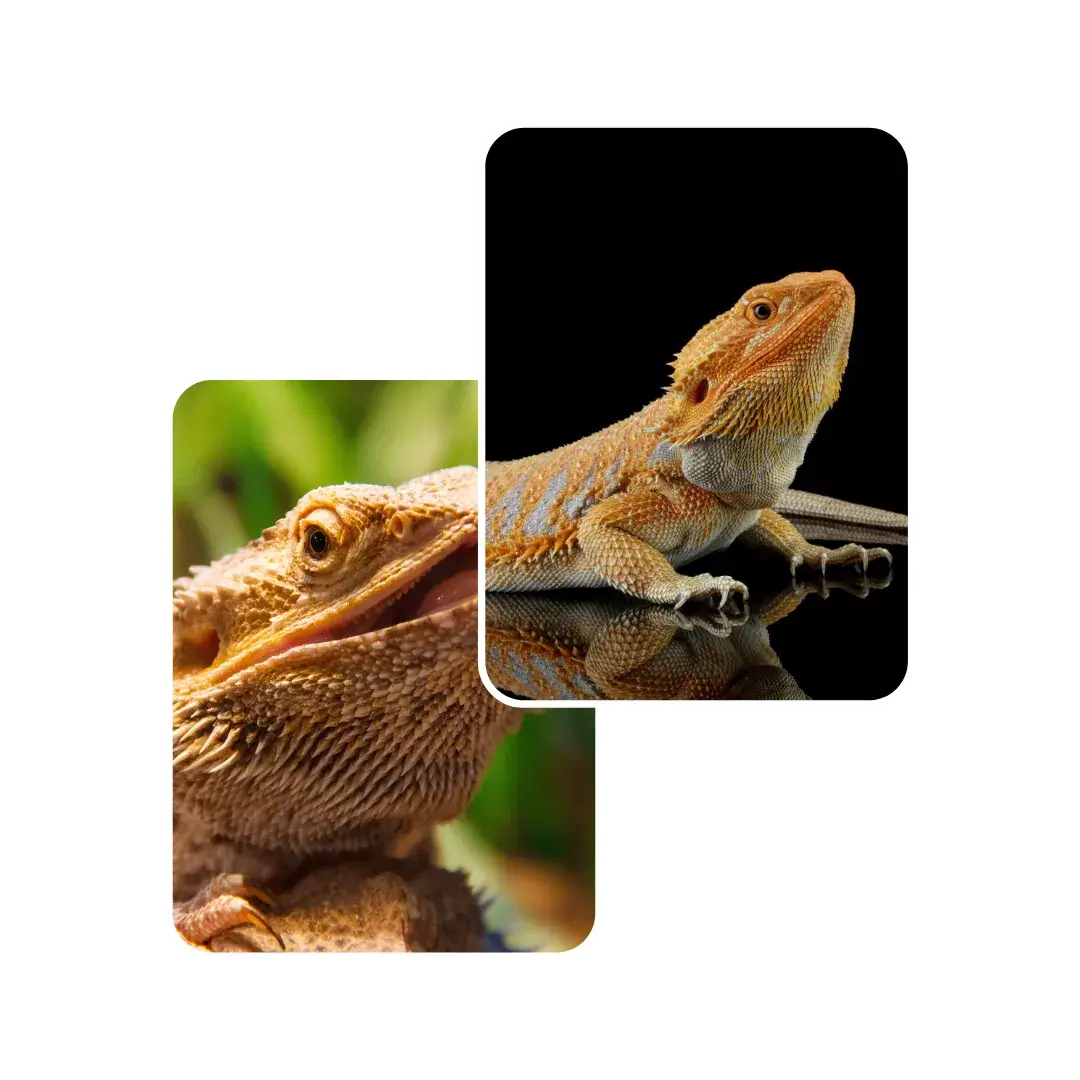

Immediate action prevents suffocation. Respiratory problems signal fluid in the lungs (pneumonia), which can collapse the system rapidly. We need immediate oxygen therapy and diagnostics to save its life.
Correct temperature restarts immunity. Low temperatures paralyze your dragon's immune system, allowing opportunistic bacteria to cause respiratory infection. Our service includes an immediate husbandry audit to fix this fatal failure.
Precision diagnostics ensure correct treatment. We use STAT X-rays to confirm fluid accumulation in the lungs and culture the discharge to identify the specific bacteria, ensuring the right antibiotic is chosen.
Injectables guarantee the cure. URTD (Upper Respiratory Tract Disease) often precedes pneumonia. Injectable antibiotics are preferred for reptiles to ensure the full dose reaches the slow metabolism over a long period to eliminate the infection.
Humidity control stops pathogen growth. Yes. High, stagnant humidity encourages bacterial and fungal growth. Our vets will advise on ventilation and humidity control to make the enclosure safe for its lungs.
Your pet deserves expert care – Subscribe now for trusted tips and updates from our pet experts.
